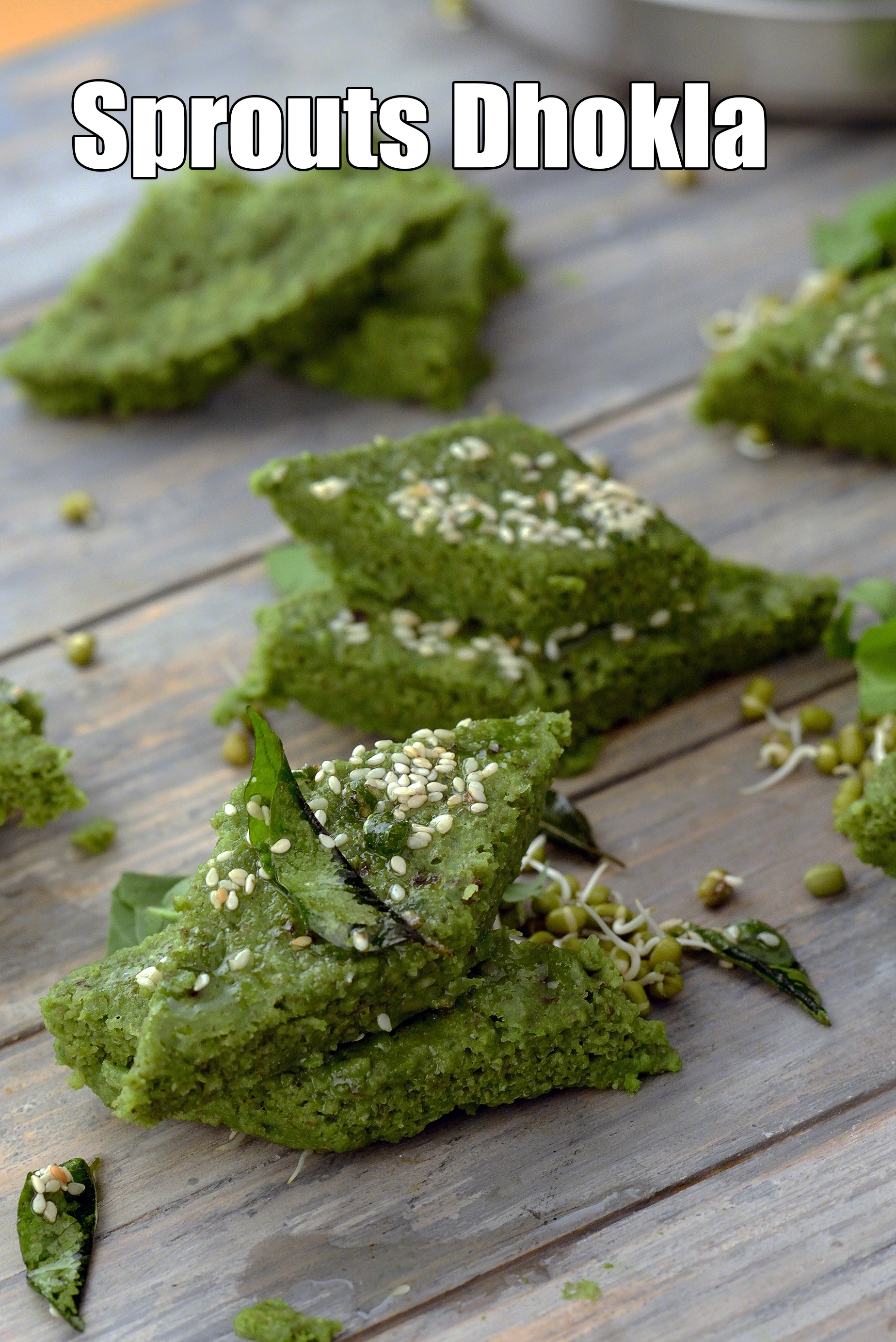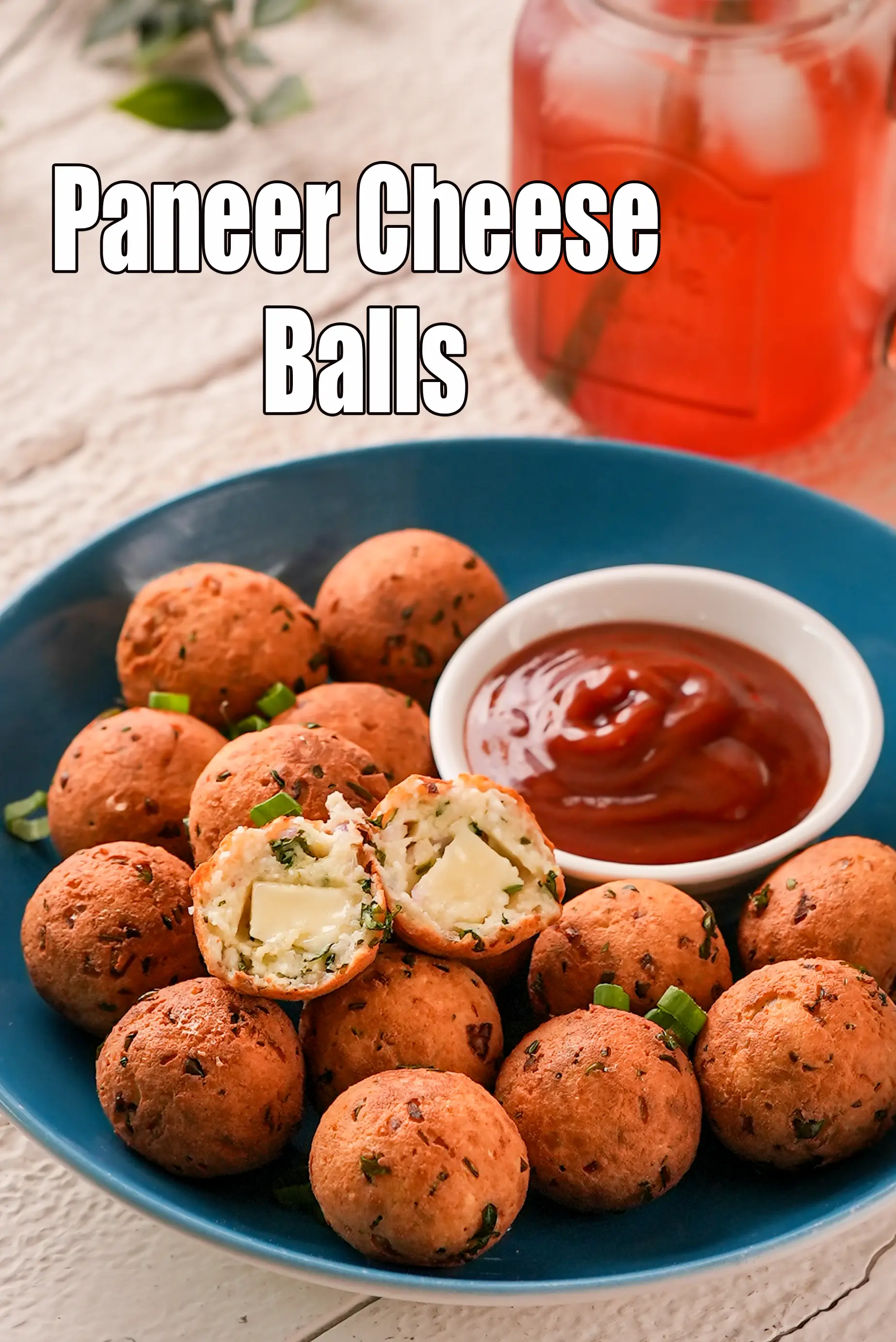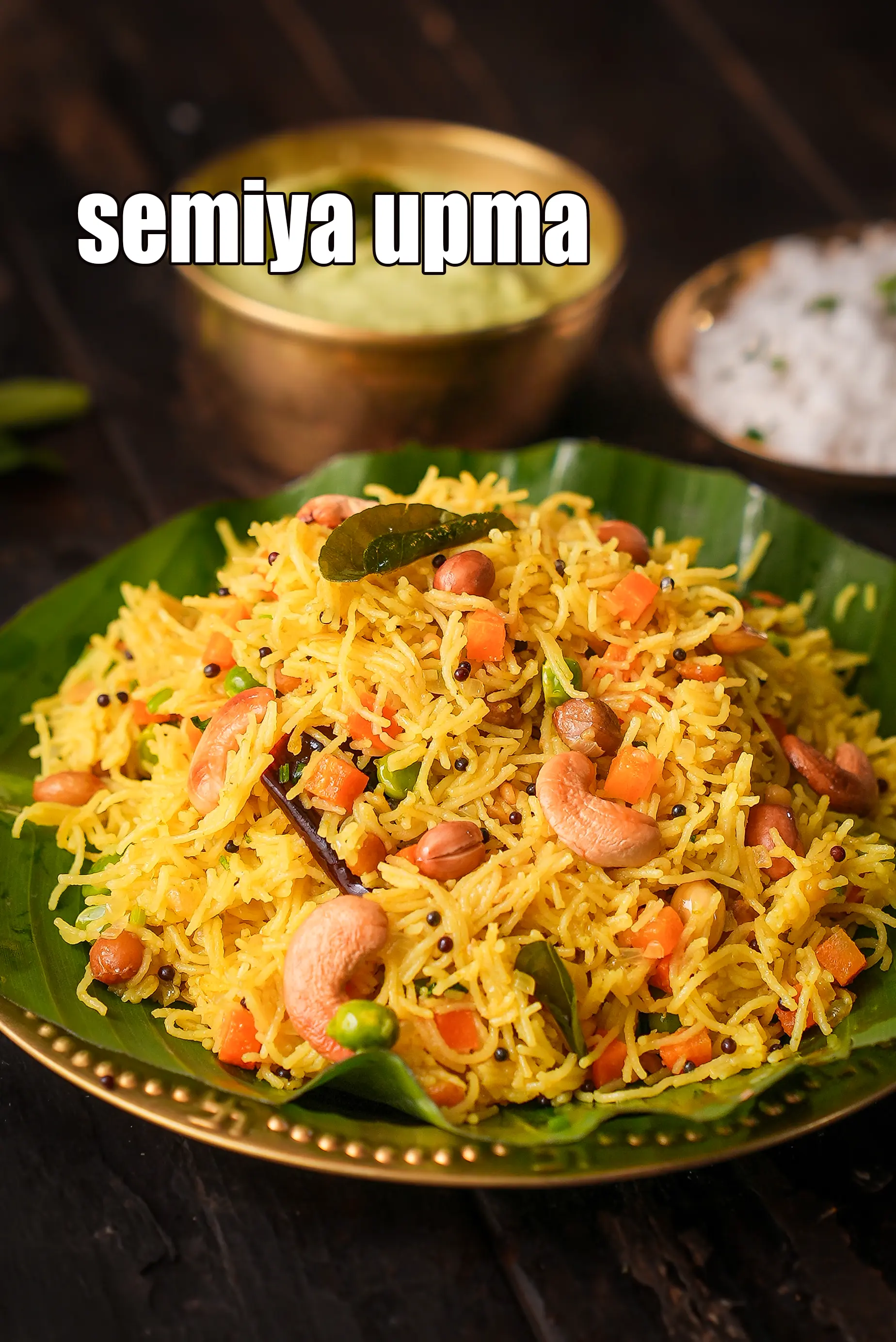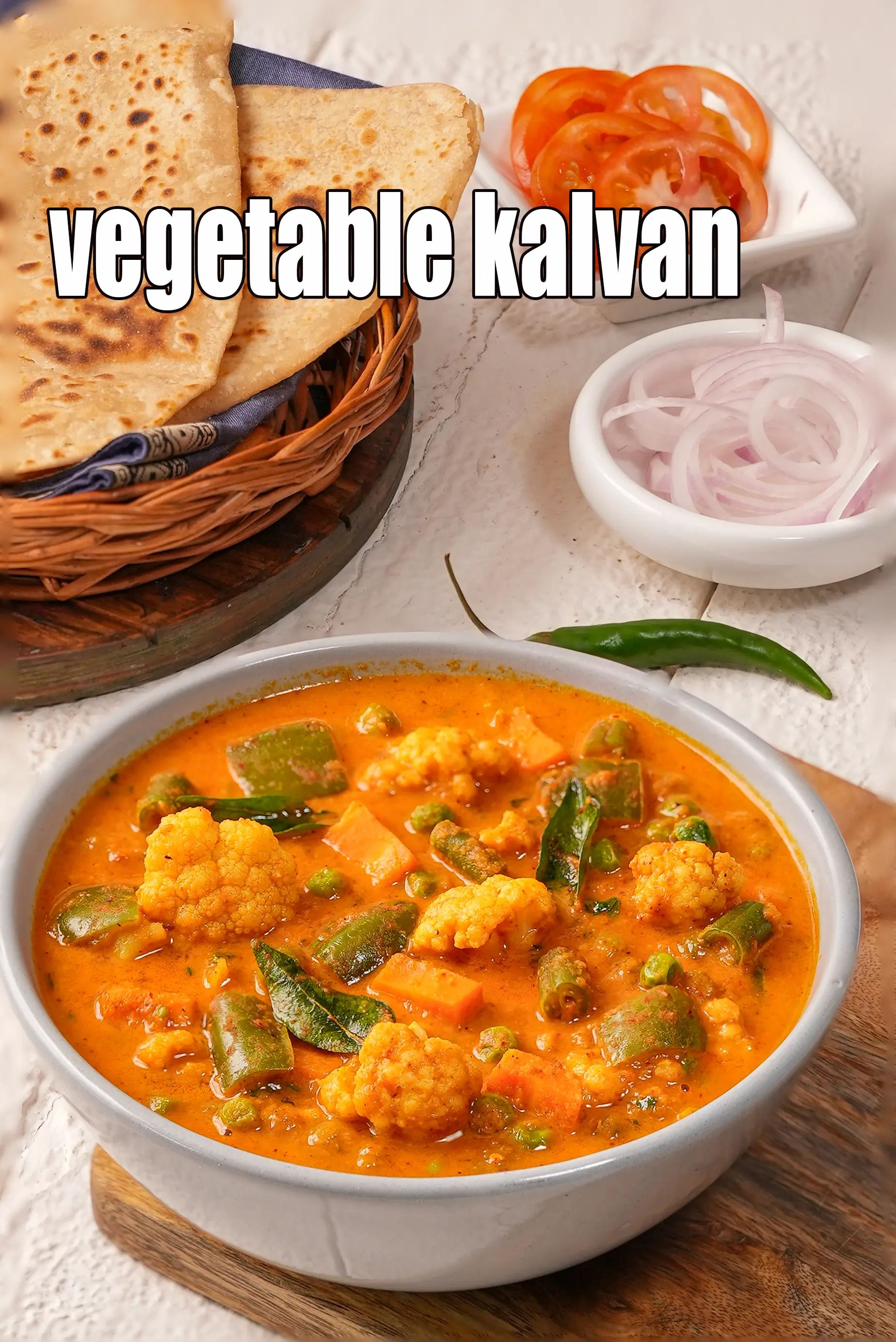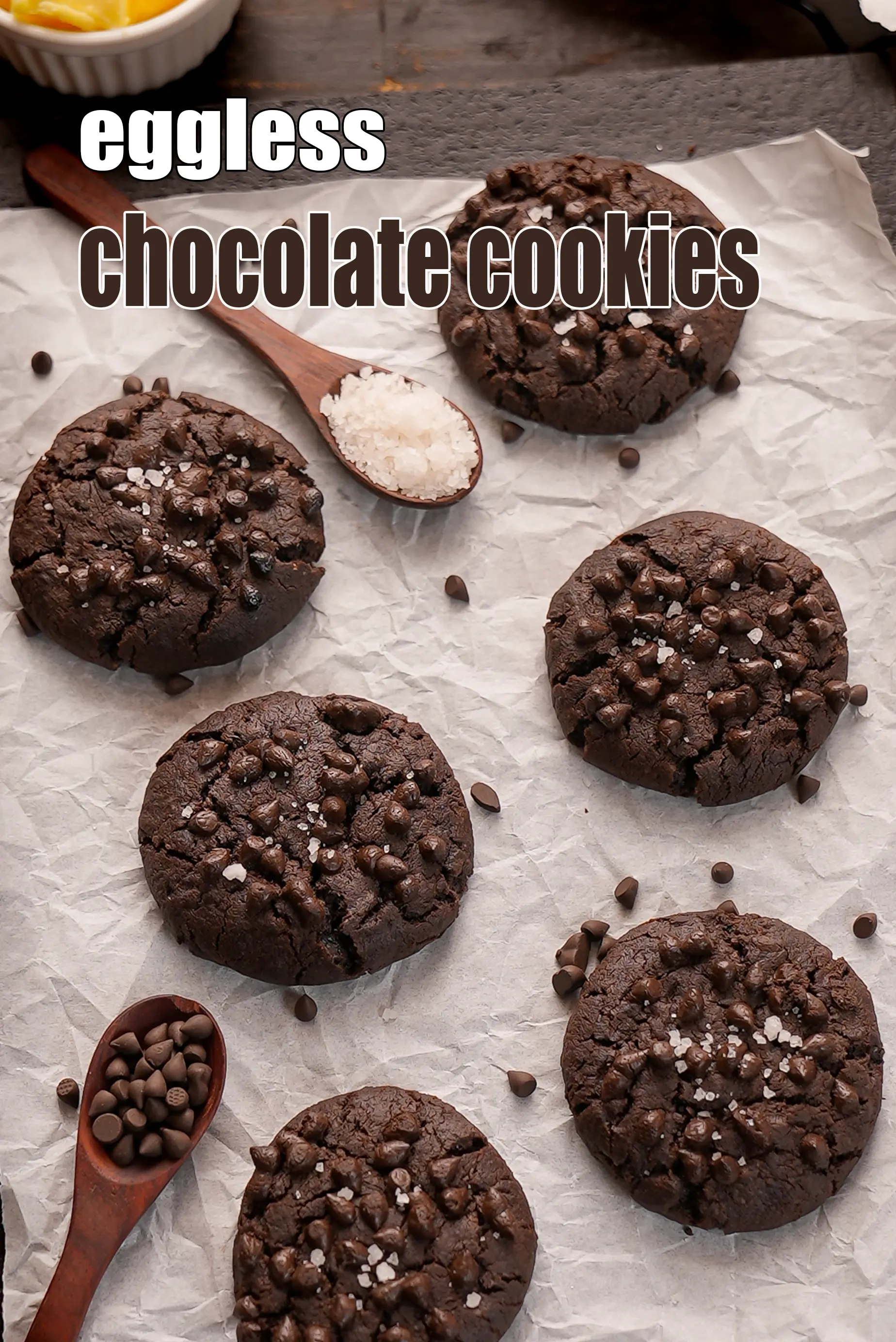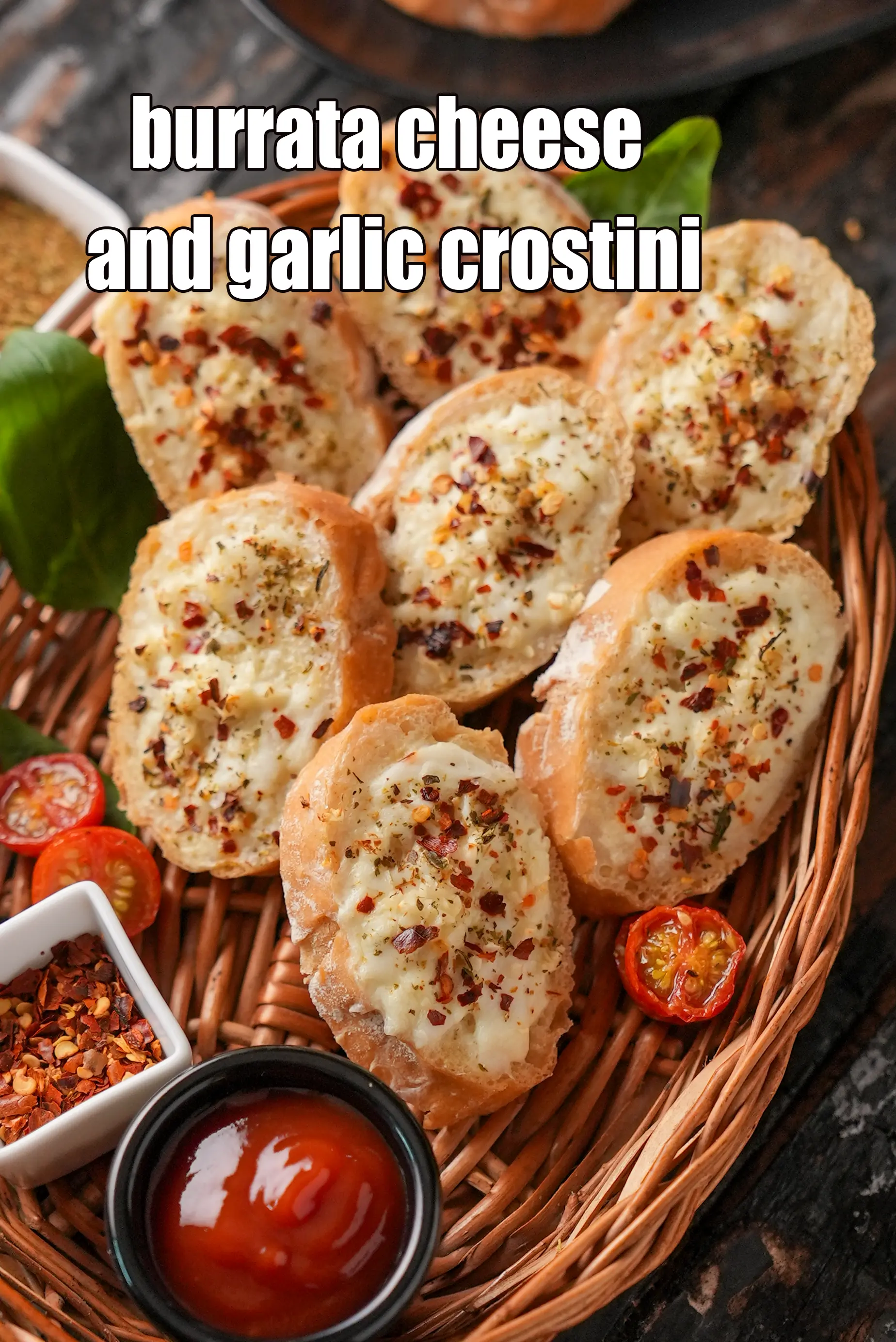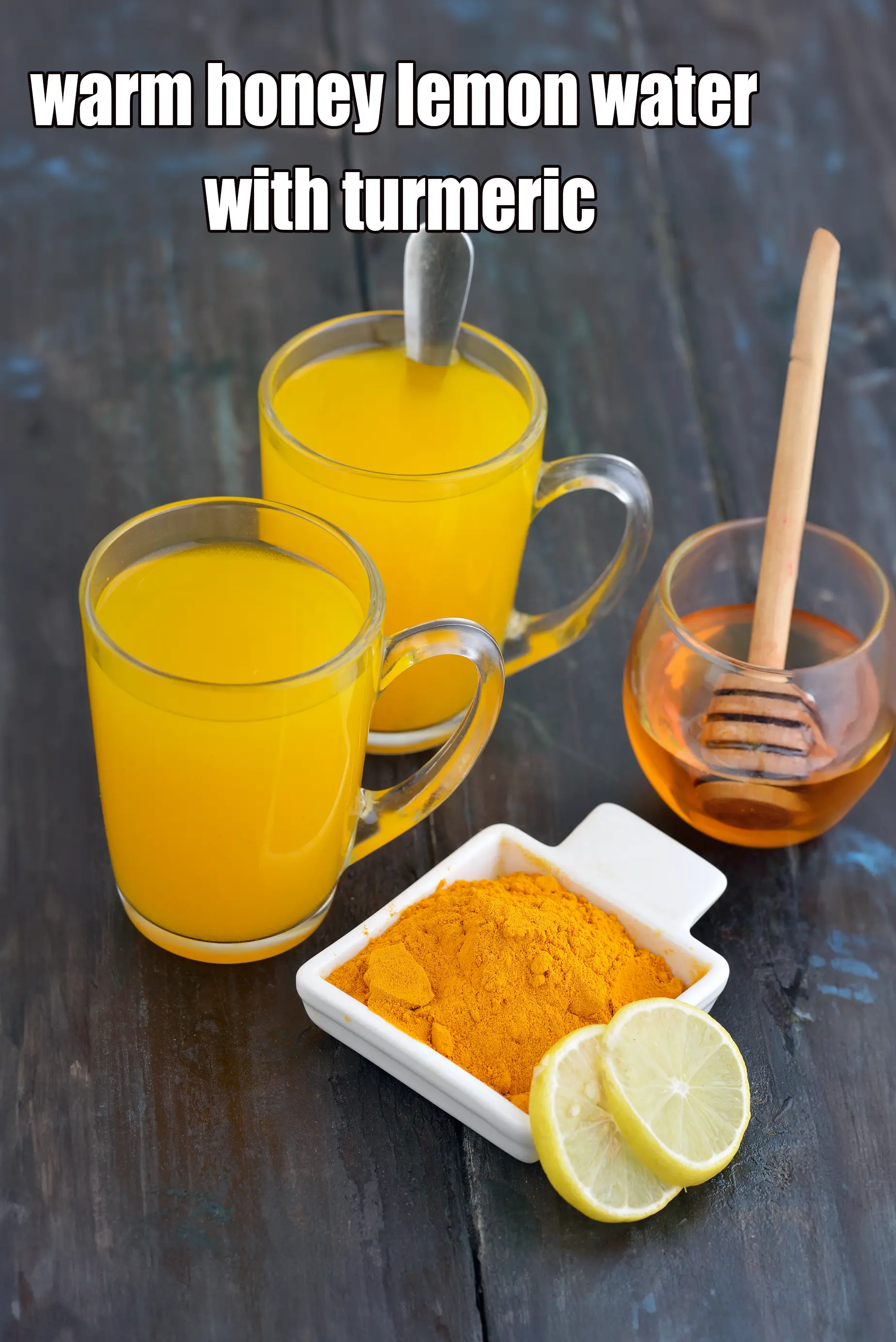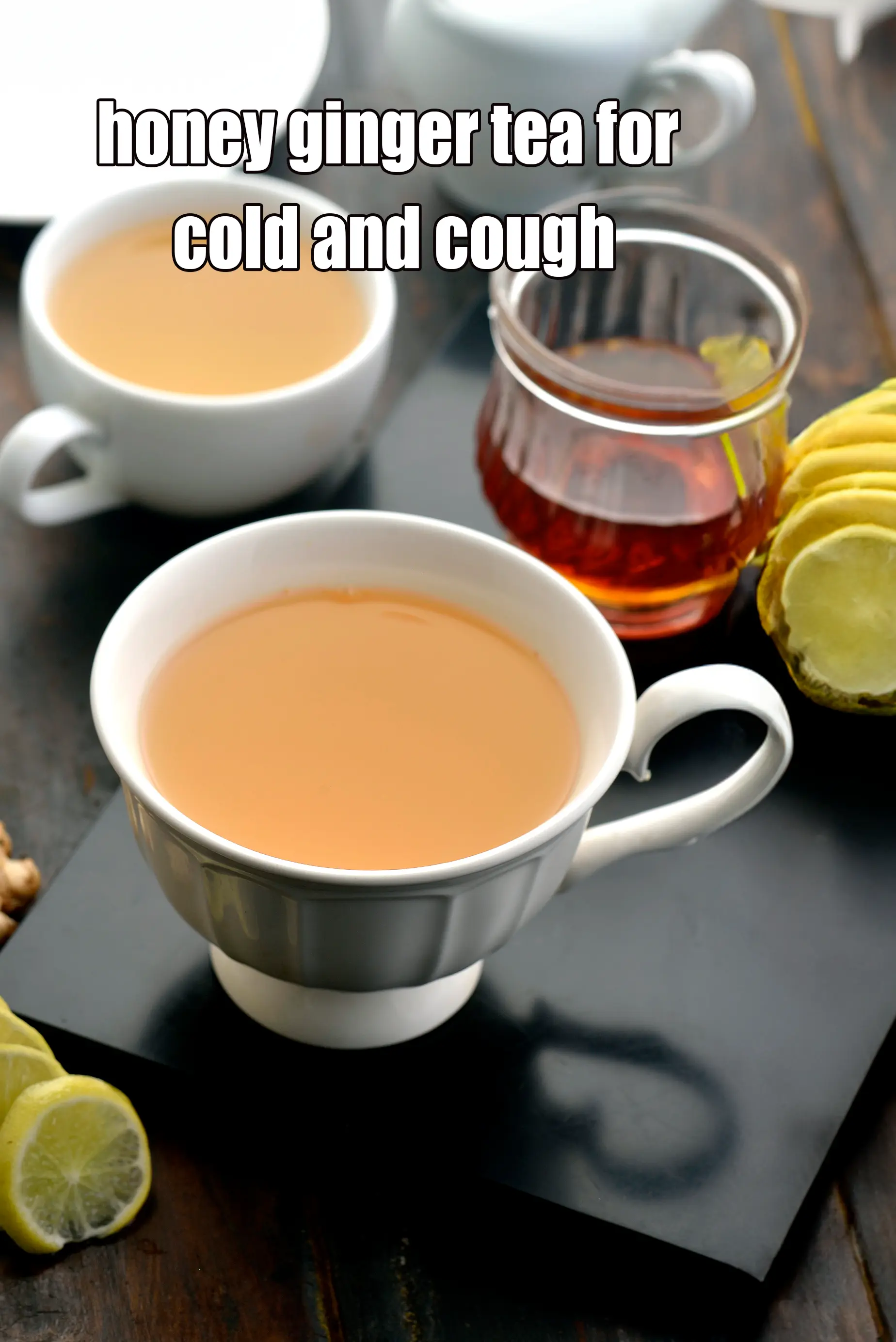Nutritional Facts of Multigrain Bread, Homemade Multigrain Bread, Calories in Multigrain Bread, Homemade Multigrain Bread
This calorie page has been viewed 10211 times
Table of Content
How many calories does one slice of Multigrain Bread have?
One slice (50 grams) of Multigrain Bread gives 85 calories. Out of which carbohydrates comprise 68 calories, proteins account for 11 calories and remaining calories come from fat which is 7 calories. One slice of Multigrain Bread provides about 4.2 percent of the total daily calorie requirement of a standard adult diet of 2,000 calories.
Multigrain Bread recipe makes 16 slices, 50 grams each.
85 calories for 1 slice of Multigrain Bread, Homemade Multigrain Bread, Cholesterol 0 mg, Carbohydrates 17.1g, Protein 2.7g, Fat 0.9g. Find how much fibre, iron, calcium, zinc, magnesium, phosphorus, sodium, potassium, folic acid is present in Multigrain Bread, Homemade Multigrain Bread.
See multigrain bread recipe | homemade multigrain bread recipe | eggless multigrain bread recipewith amazing step by step photos and video.
Nothing can beat the flavour, texture and aroma of warm, freshly-baked bread. It is this irresistible appeal that motivates food lovers to bake their own bread at home. Now, here is a Multigrain Bread recipe that will beat all other breads hands-down, with its rustic flavour and homely aroma.
Made of whole wheat flour, millet flours, oats and assorted seeds, this Multigrain Bread loaf is further topped with mixed millets flour and flax seeds just before baking to deepen the aroma and flavour. This Multigrain Bread recipe does not use any plain flour.
Load slices of this Homemade Multigrain Bread with veggies to make a sumptuous healthy sandwich, or toast it with butter.
At home, we use Homemade Multigrain Bread for a healthy quick breakfast. For a quick breakfast you can top it with healthy Homemade Almond Butter or Homemade Peanut Butter.
Making Homemade Multigrain Bread or any bread is an art and you can master it with practise and patience. Trust me, when you get this fool proof Multigrain Bread recipe correct, it’s worth the effort. Try it today!
Is Multigrain Bread healthy?
Yes, this is healthy. But restrictions apply to some.
Let's understand the Ingredients.
What's good.
Whole Wheat flour : Whole wheat flour is excellent for diabetics as they will not shoot up your blood sugar levels as they are a low GI food. Whole wheat flour is rich in Phosphorus which is a major mineral which works closely with calcium to build our bones. Vitamin B9 helps your body to produce and maintain new cells, especially increase red blood cells. See detailed 11 benefits of whole wheat flour and why it's good for you.
Ragi flour ( Nachni flour) : Ragi flour is high in protein and great source for vegetarians. In addition its gluten free, fiber rich food which in turn is good for diabetics and a healthy heart. Ragi flour creates a much lower surge in sugar levels compared to wheat. Ragi is rich in Magnesium which improves insulin response by lowering insulin resistance. A must read for the 11 benefits of ragi to include in your daily diet.
Jowar Flour : Jowar flour is a complex carb and will be absorbed slowly in the bloodstream and not cause a spike in insulin. Jowar and all Millets are rich in Potassium. Potassium is critical for those with High Blood Pressure as it lessens the impact of sodium. Hence a good safe food for diabetics but to be had in restricted quantity and safe for those who want to live and eat healthy. Being high in Fibre, Jowar reduces bad cholesterol (LDL) and increases the effects of good cholesterol (HDL). See 17 benefits of jowar and why you should have it.
Flax seeds (Alsi) : Flax seeds are high in soluble and insoluble fibre which prevents surges in blood sugar levels. Hence, this is beneficial to those who are diabetic. Flax seeds are the richest source of plant Omega-3 (n3) fatty acids. Since flaxseeds are not a very good source of sodium they are safe to be consumed by individuals with High Blood Pressure. Flax seeds contain high levels of Lignans which have benefits of anti-ageing and restoring cellular health and are good for the heart. See detailed benefits of alsi, flaxseeds.
What's the problem ?
Sugar (castor sugar ): Sugar used in the recipe is also called white poison. It is a simple carbohydrate with zero nutritional value. On intake, sugar will cause inflammation of the body which will last for many hours. It will spike your blood sugar level and shut down the fat burning process. This also causes high blood sugar levels in your body. The development of prediabetes comes from uncontrolled eating sugar and refined food products for many years and the classic symptom is if you have excess belly fat. This leads to diabetes and further onwards to heart attack, high blood pressure, strokes, impotence and kidney damage.
Can diabetics, heart patients and over weight individuals have Multigrain Bread ?
Yes, this recipe is good for diabetics, heart and weight loss. Even though a small amount of sugar is used, it is for 16 slices of bread. Whole wheat flour is excellent for diabetics as they will not shoot up your blood sugar levels as they are a low GI food.
Can healthy individuals have Multigrain Bread ?
Yes. This is far healthier than bread made from plain flour.
Multigrain Bread is rich in below macronutrients, vitamins and minerals given in descending order (highest to lowest).
Serving size is 2 slices of bread.
- Phosphorus : Phosphorus rich Indian foods works closely with calcium to build bones. Phosphorus rich Indian foods like dairy products ( milk, paneer, curd), nuts, seeds, jowar, bajra, moong, matki, oats, ragi, wheat flour etc. 28% of RDA.
- Fiber : Dietary fiber reduces the risk of heart disease, prevents the spike in blood sugar levels and hence super for diabetics. Consume more fruits, vegetables, moong, oats, matki, whole grains. 22% of RDA.
- Magnesium : Magnesium is required for formation of bones and teeth. It helps in the metabolism of calcium and potassium. magnesium rich Indian foods like leafy vegetables (palak, broccoli, kale), pulses ( rajma, chawli, moong ), nuts (walnuts, almonds) , cereals ( jowar, bajra, whole wheat flour, dalia). 20% of RDA.
- Vitamin B1 (Thiamine) : Vitamin B1 protects nerves, helps in carbohydrate metabolism, prevents heart diseases and helps produce red blood cells. Indian Foods rich in B1 are Flax seeds (alsi), Sunflower seeds, Sesame seeds, Garden cress seeds (halim), Capsicum, Wheat flour, Chana dal, moong, walnuts, masoor dal, brown rice, jowar, bajra. 20% of RDA.
| Energy | 85 cal |
| Protein | 2.7 g |
| Carbohydrates | 17.1 g |
| Fiber | 2.8 g |
| Fat | 0.9 g |
| Cholesterol | 0 mg |
| Vitamin A | 4.4 mcg |
| Vitamin B1 | 0.1 mg |
| Vitamin B2 | 0 mg |
| Vitamin B3 | 0.8 mg |
| Vitamin C | 0 mg |
| Folic Acid | 8.2 mcg |
| Calcium | 20.5 mg |
| Iron | 1.2 mg |
| Magnesium | 35.3 mg |
| Phosphorus | 82.3 mg |
| Sodium | 173.6 mg |
| Potassium | 76 mg |
| Zinc | 0.6 mg |
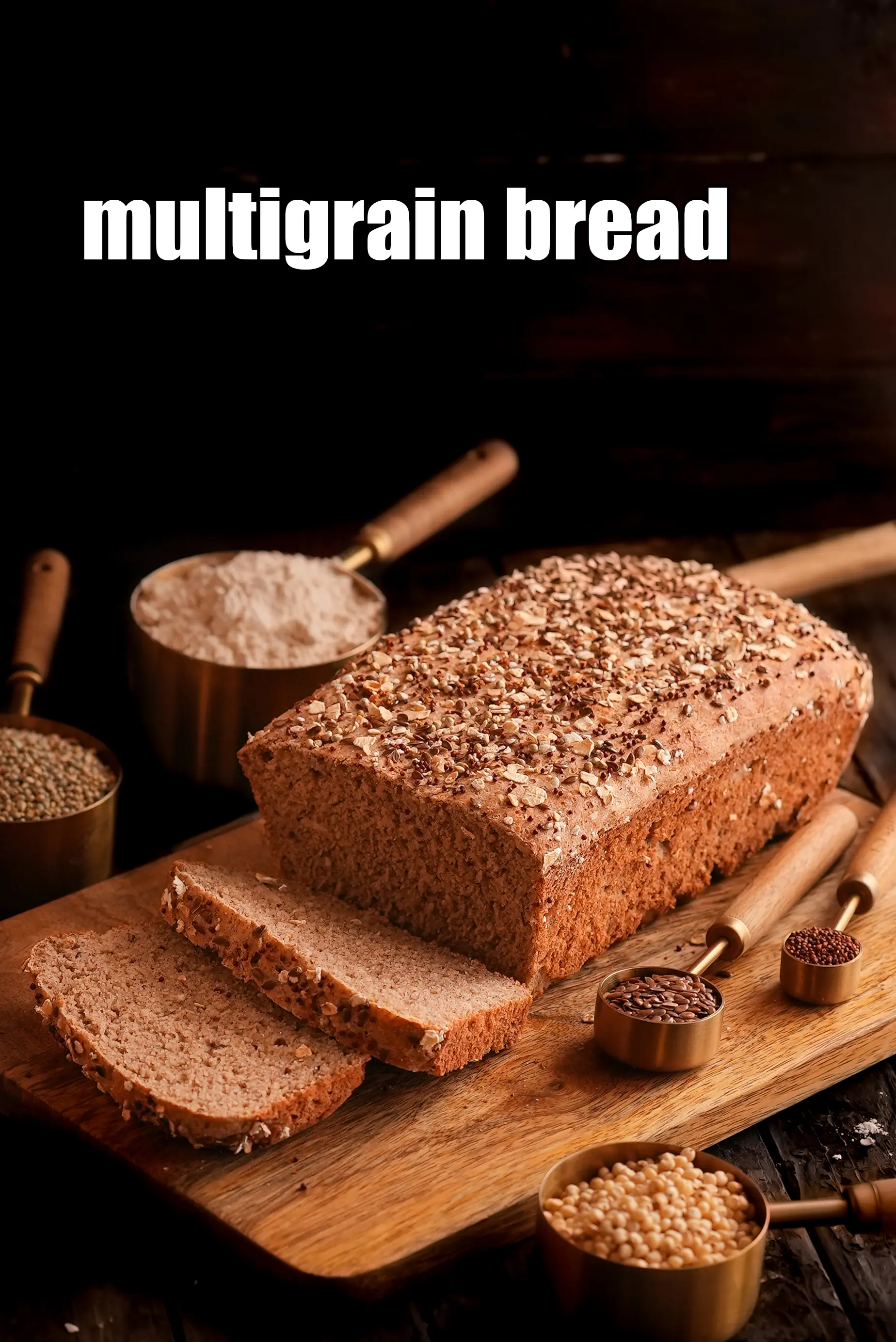
Click here to view Multigrain Bread, Homemade Multigrain Bread
Calories in other related recipes
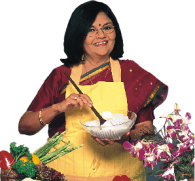
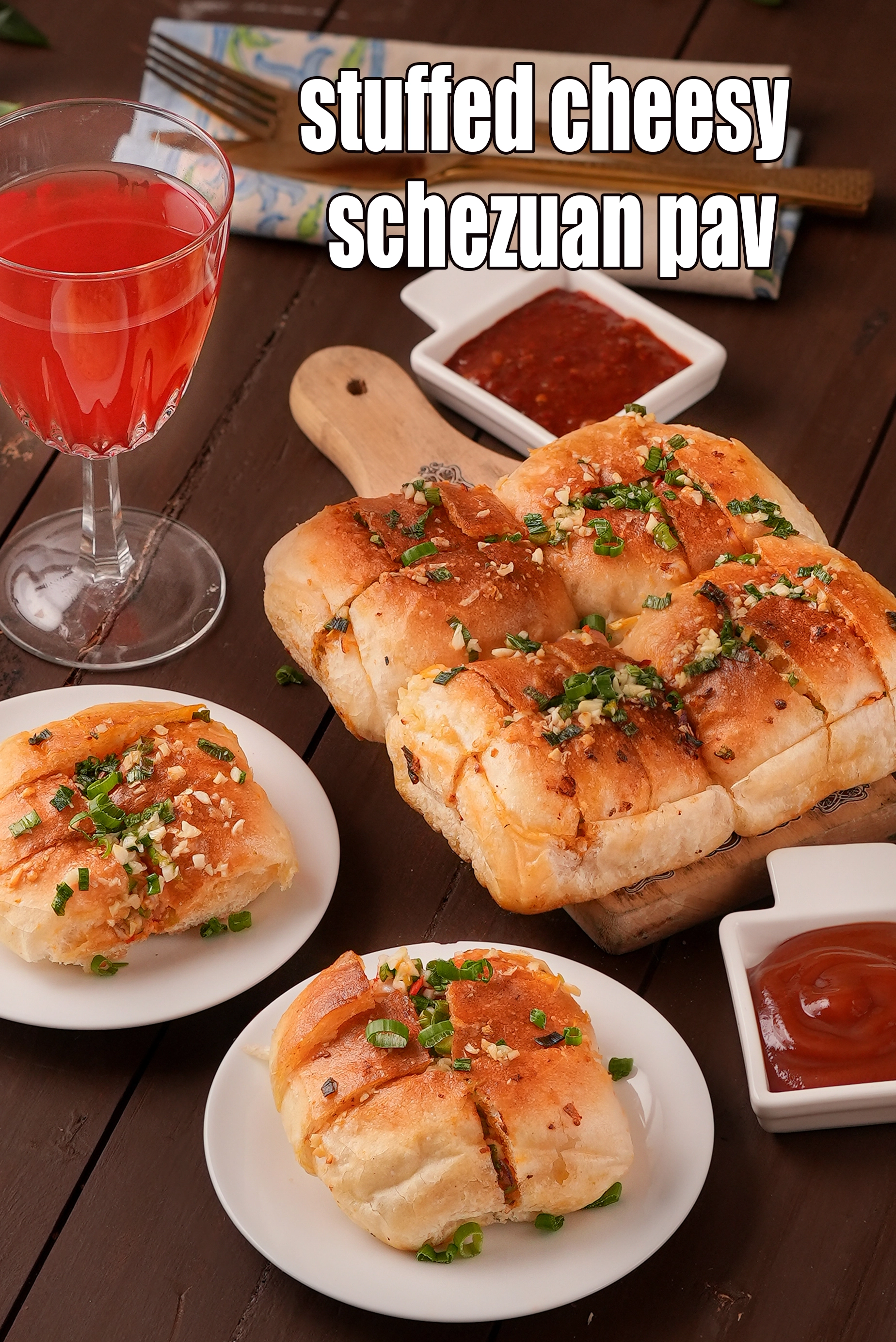
-10876.webp)
